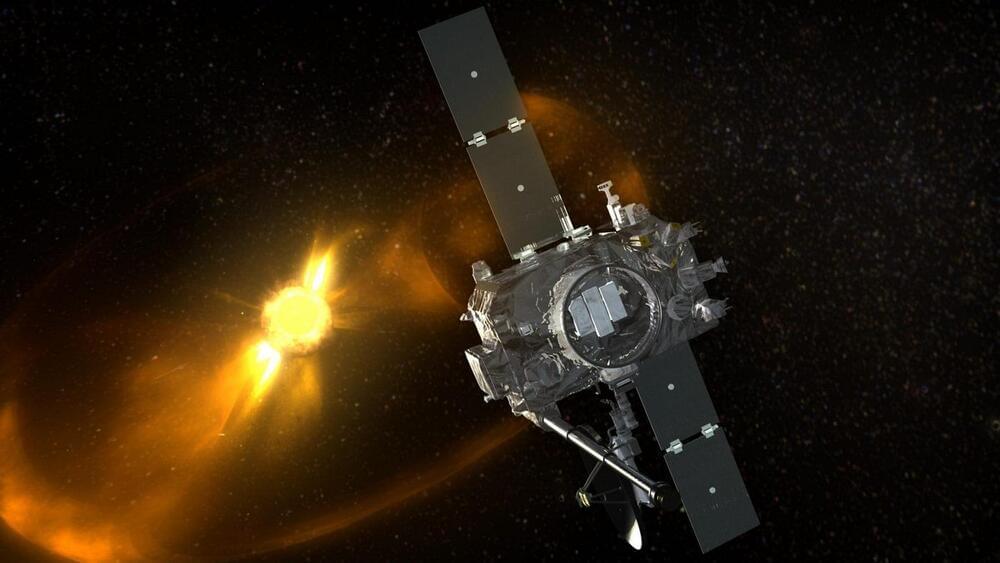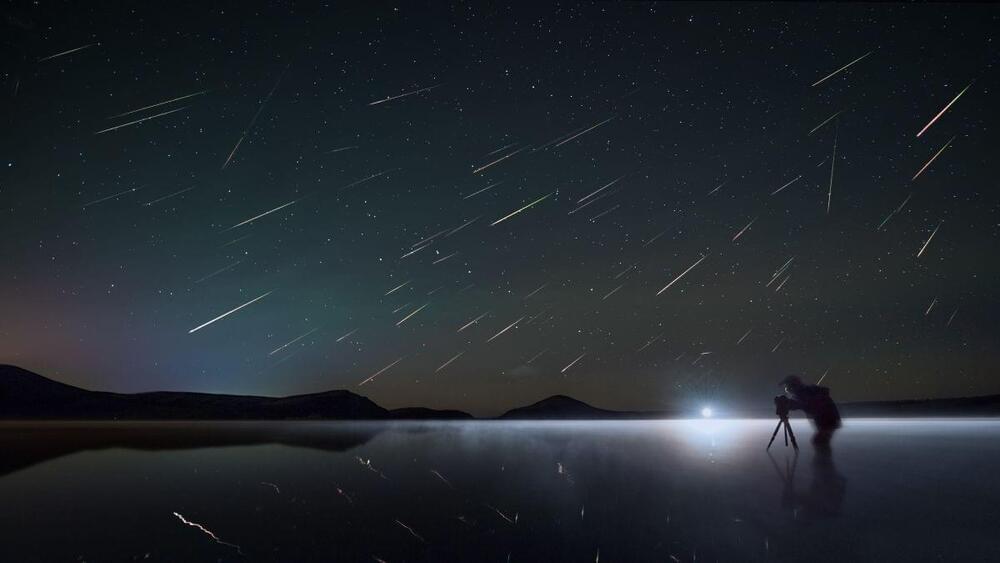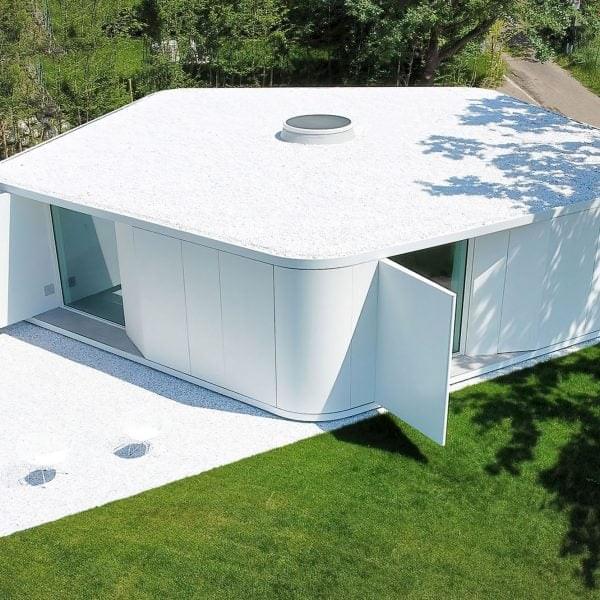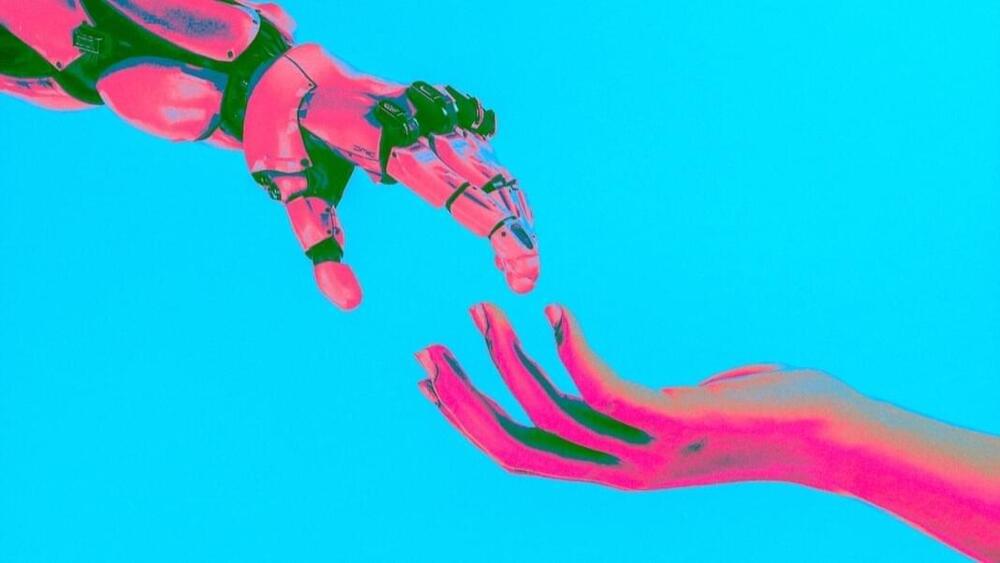Lenovo’s next 27-inch 4K monitor is unlike any display it has released before. Featuring a lenticular lens and real-time eye-tracking, it’s a 3D monitor that doesn’t require any glasses. Other companies are already pushing stereoscopic products, but Lenovo’s ThinkVision 27 3D Monitor, announced at the IFA conference today, takes the glasses-free experience to a bigger screen.
The technology behind Lenovo’s 3D monitor and the accompanying software, 3D Explorer, are proprietary, a Lenovo spokesperson confirmed to Ars. 3D Explorer includes a 3D player and SDK for building 3D apps. Lenovo is targeting the monitor and app at content creators, like 3D graphic designers and developers.
Like other glasses-less 3D screens, the ThinkVision works by projecting two different images to each of your eyes, resulting in a 3D effect where, as PR images would have you believe, it appears that the images are popping out of the screen. Lenovo says the monitor’s 3D resolution is 1920×2160. The lenticular lens in the monitor is switchable, allowing for normal, 2D viewing at 3840×2160, too.






